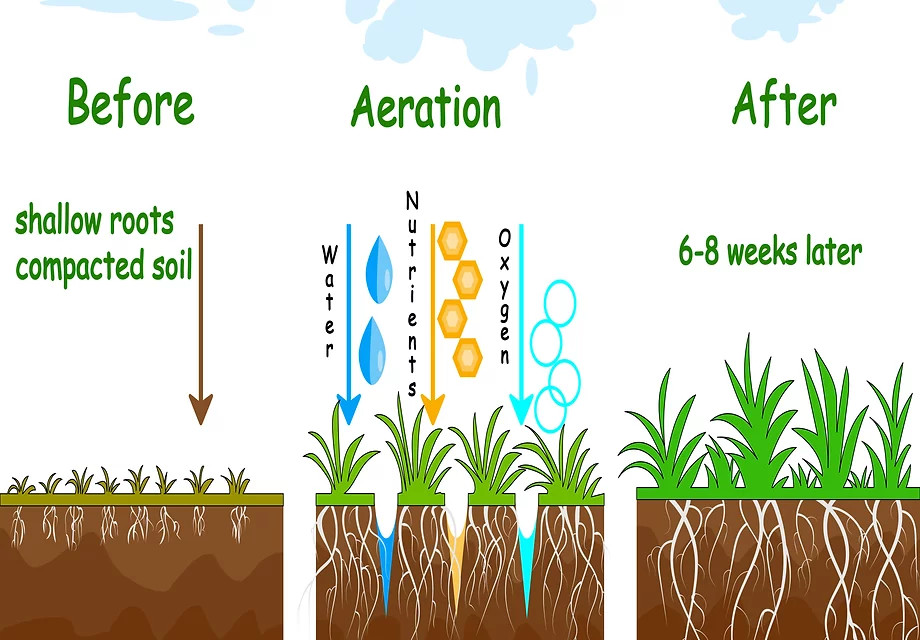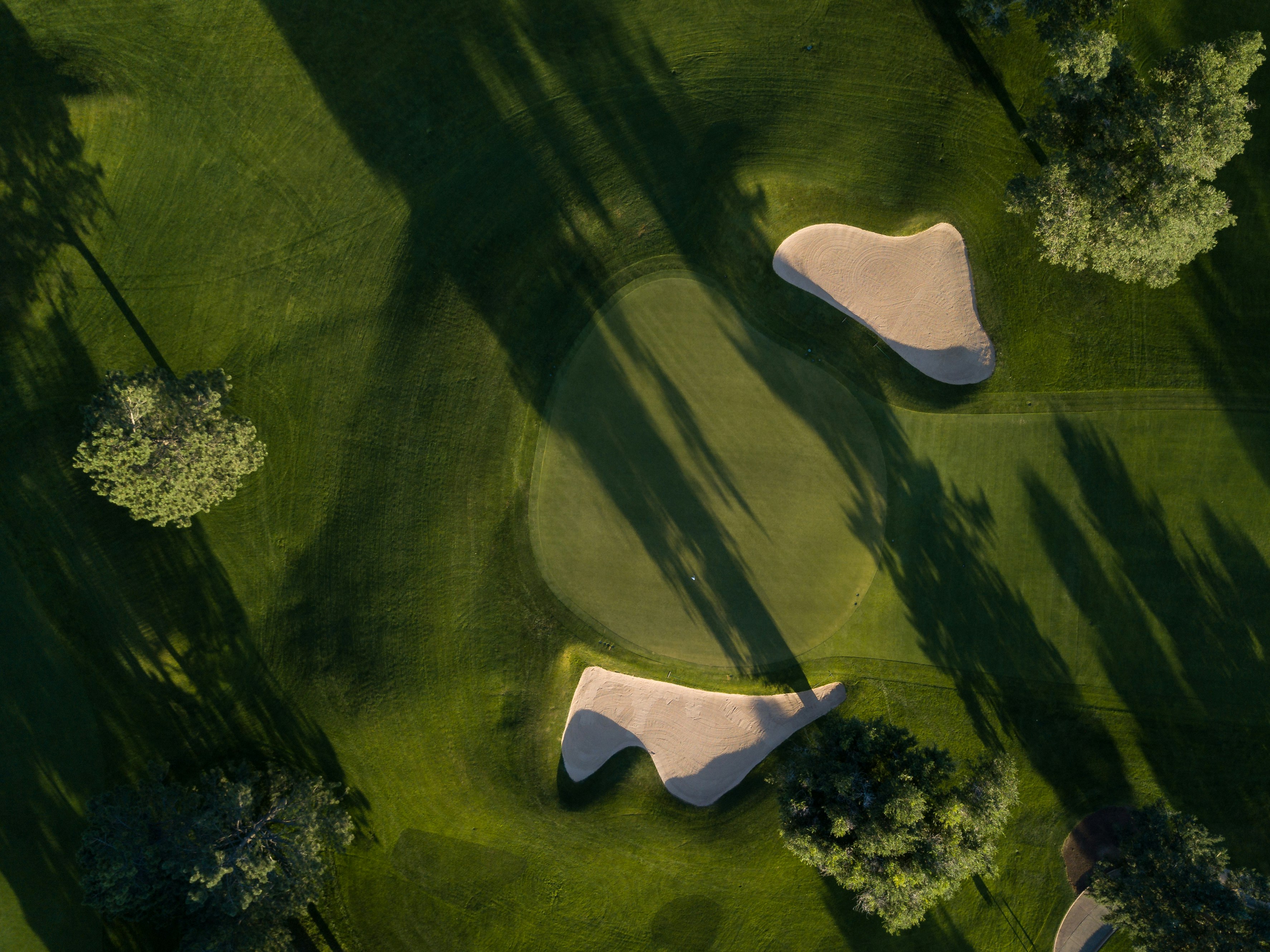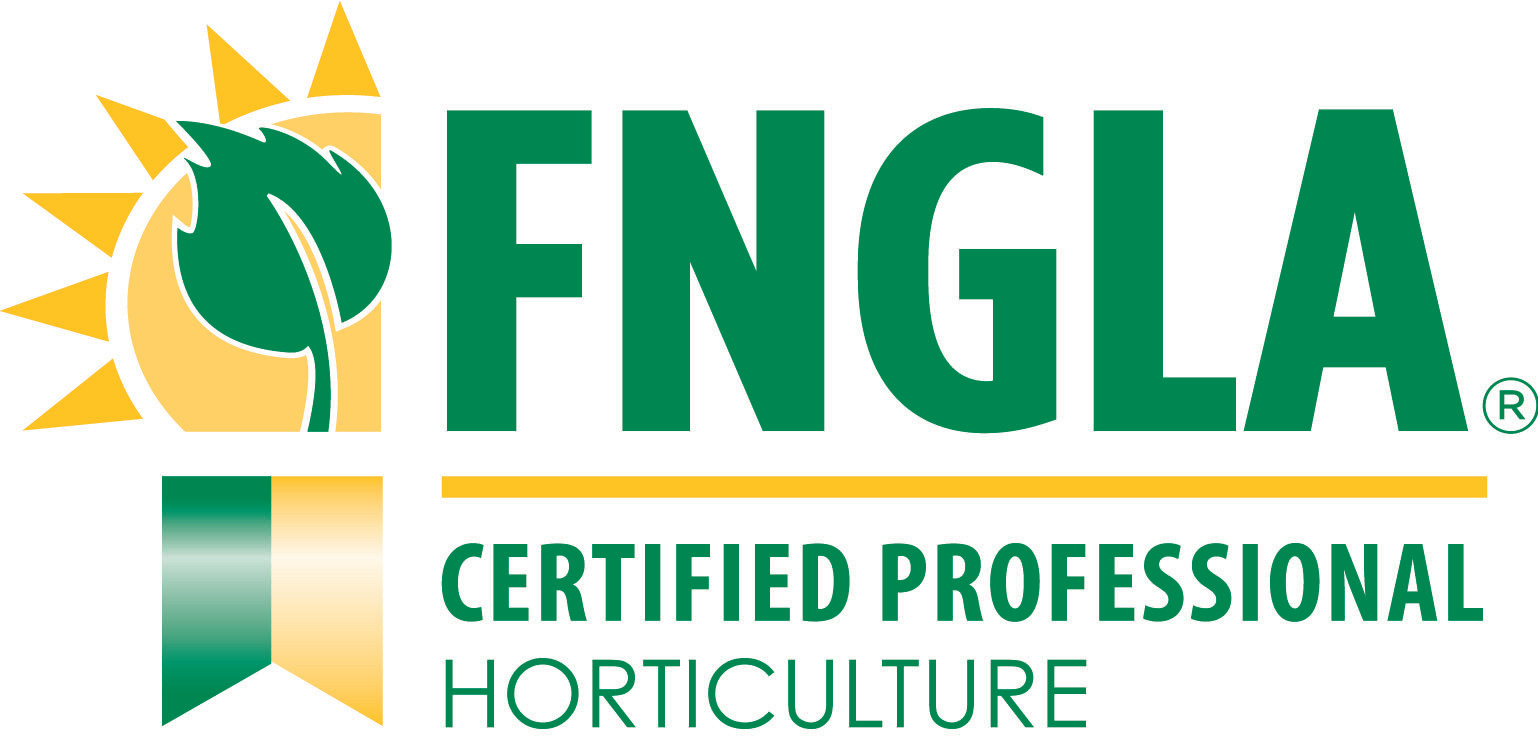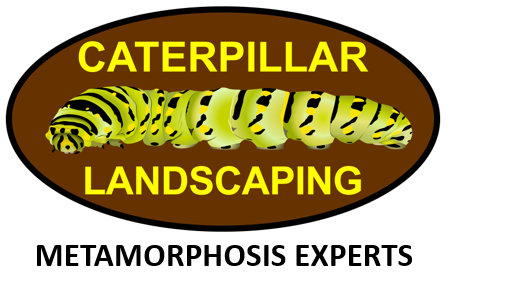Core Aeration
Core aeration is one of the best things you can do for your lawn. Aeration removes thousands of small cores of soil 1” to 3” in length from your lawn. This helps control thatch, improve soil compaction, creates growth pockets for new root systems, and opens the way for water and fertilizer to reach the root zone of your lawn. After the aeration process your lawn is in the best environment for new grass seed to germinate.

WHAT IS LAWN CORE AERATION?
Practically speaking, aeration is the process of mechanically removing small plugs of soil from the lawn to allow air, water and nutrients to penetrate the grass roots. The displaced soil then disintegrates, topdressing your lawn. The cores can be broken down into your yard by irrigation, rainfall or your lawn mower. This helps the roots grow deeply and produce a stronger, more vigorous lawns, reducing its maintenance requirements.
Regular aerating with lawn aerators helps keep your lawn green and healthy. It allows water direct access the root system and encourages deep root growth and thicker turf. As the roots grow deeper, lawns can stay green even if they are not watered as regularly. Aerating makes soil less compacted, thereby creating healthier roots, which are more resistant to drought, disease, traffic and high temperatures. The best Time to aerate is in the Spring and in the Fall.
Warm season turf grasses such as Zoysia, Bahia, St Augustine and Bermuda grass should be aerated in mid-spring to summer. Avoid aerating when warm season grasses are dormant – it may encourage weed competition
Caterpillar Landscaping offers lawn aeration services for both residential and commercial property owners. We utilize a core aerator method and the holes a core aerator makes, allows the soil room for expansion. Core holes last a lot longer than those made by spikes. In addition, the holes help out with overseeding and fertilizing.
Costs vary dependent upon the square footage of the area to be aerated. Most home lawns benefit from annual aeration. Heavily used lawns may need aeration twice a year. Applying fertilizer after aeration helps the lawn compete against weeds.
BENEFITS OF CORE AERATION
- Improves your turf’s overall health by allowing air, water and nutrients to penetrate the grass roots
- Reduces soil compaction
- It can reduce puddling or runoff
- Reduces thatch
- Benefits over seeding operations
- Prepares grass for winter dormancy

Golfers often ask, “Why is aeration needed so often?” Aeration is an essential program to keep playing surfaces healthy and in good condition. Aeration primarily is performed to control organic matter – i.e., decaying roots and grass stems – relieve soil compaction, stimulate root growth and improve drainage. If organic matter becomes too thick, it acts like a sponge and holds water at the surface after rain or irrigation. Excessive organic matter also inhibits root growth, reduces oxygen levels in the soil, encourages disease and eventually can lead to turf failure. Furthermore, excessive organic matter creates soft surfaces prone to ball marks, foot printing and inconsistent playing conditions. Aeration and topdressing are the most effective ways to control organic matter and maintain smooth, firm putting surfaces.

